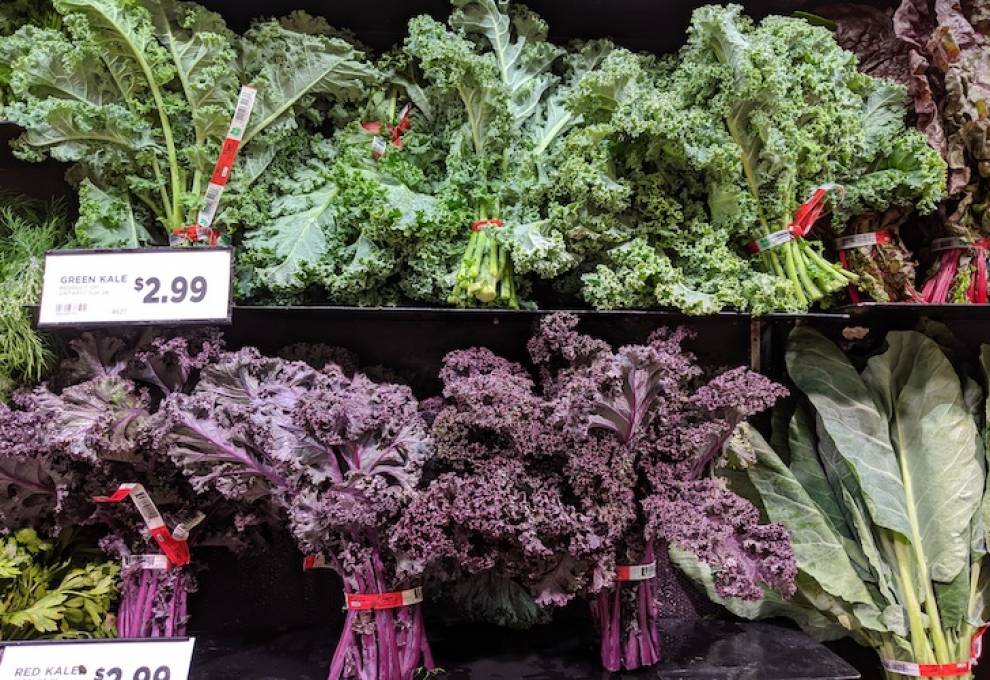
Food inflation has been making headlines here in Canada – and in many countries around the world – for most of this year. It’s an issue that affects everyone; so much so that the Parliamentary Standing Committee on Agriculture and Agri-Food will be tackling the issue in the coming weeks and months to shed some light on the causes behind the rapidly rising cost of food.
It’s certainly an issue near and dear to my heart, and I firmly believe that you can’t fix a problem unless you know what’s causing it. Food pricing, however, is a complex issue because there are so many factors that contribute to increases: supply chain instability and shortages, higher energy and fuel costs, and even seemingly far-away events such as the war in Ukraine.
Out of all the sectors of agriculture, produce is the most vulnerable. Our products are highly perishable, and most can’t be stored for any length of time the way other commodities can. Delivery delays, for example, impact the quality of fruits and vegetables, shortening their shelf life and increasing the likelihood they’ll end up as food waste instead of being eaten.
Fruit and vegetable growers are, and always have been, price takers without the ability to recoup cost increases from the marketplace. That means that every price increase to our businesses makes it that much harder for growers to stay profitable or competitive.
We compete in a global marketplace, which makes it easy for buyers to source produce from anywhere in the world. And although there is growing concern over the carbon footprint of food miles, it’s still about dollars and cents at the end of the day.
For growers, the costs of all of our inputs – the products and equipment we use to grow our crops – have been increasing rapidly over the last couple of years in particular, and although food prices have been going up for consumers, this hasn’t translated into higher prices for most growers. It has not been uncommon for me to hear from growers that they are receiving essentially the same price as last year, and in some cases lower prices, despite production costs having escalated significantly.
This invariably leads to higher demand for Business Risk Management programming that is essential to helping farmers make it through challenging times. Ultimately, though, our true desire is not to have to rely on those programs but rather to be sustainable, profitable, and competitive through the marketplace.
This leaves us searching for solutions at the farm level too. For some growers, innovative partnerships with other sectors that encourage circular economy approaches might be an answer. Others may find opportunity in new technologies or new product development.
There are no easy answers to food inflation, but I do know that as a country and as a society, we need to be placing a higher priority on domestic food production. It is critical that we don’t lose our ability to feed ourselves; once we do, it will be difficult if not impossible to rebuild the complex networks and infrastructure that makes up our food production sectors.
There is a risk in relying too strongly on other countries to grow our food. As we’ve seen as recently as this year, geopolitical situations can change in the blink of an eye, for example, turning longstanding agreements and relationships upside down. Pandemics can shut borders and extreme weather events can damage or wipe out crops.
We all have a role to play in supporting domestic food production, from growers and everyone along the supply chain to governments and consumers – and we need to work together to find solutions that will keep food affordable for Canadians while also ensuring stability and profitability for those who produce that food.

Add new comment